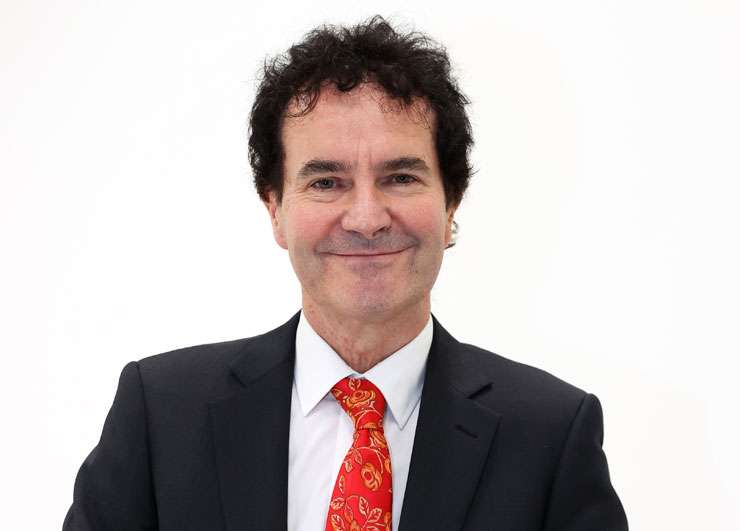What can we expect to see happen now that mortgage rates have risen by between 1.4% and 1.8% from where they were four to six months ago? Initially, the upward movement of interest rates can push the housing market to greater heights.
Why does this happen? For the same reason the announcement of an upcoming tightening of loan to value ratio rules can lead to a rush of buying. People want to make a purchase and lock in a fixed interest rate before those rates rise even further.
Perhaps that helps explain why average house prices have risen by 6% nationwide (5.9% in Auckland) over the three months to October. The rate of increase for the previous three months ending in July was 3.5% (2.3% in Auckland).
But the lockdown from August 18 has probably also been having an impact. When the first nationwide lockdown happened last year none of us knew what was going to happen. Now we do know – we rush to buy each other’s houses.
Start your property search
Anticipation of a post-lockdown housing surge has encouraged people to buy before that expected surge would arrive. Hence, high housing market strength even during the lockdown.
Perhaps also there have been purchases brought forward in time by people concerned about banks slowly introducing debt to income limits for mortgage lending. The de facto ratio chosen by banks ahead of the Reserve Bank eventually imposing the rule officially appears to be six. That is, banks increasingly will not lend if the resulting total debt including credit cards and buy-now-pay-later type debt is more than six times a household’s annual income.
Data just released by the Reserve Bank tells us that in the six months to September, 25% of lending to first home buyers involved a DTI above six. For lending to owner occupiers the proportion was 33%. For investors the proportion was 51%.
Introduction and strict enforcement of a DTI of six across all borrowers will have a substantial impact on the amount of borrowing people can do. The least affected group will be first home buyers. But even for them 25% is a large chunk.
Maybe this is why the Reserve Bank has instead spoken in terms of a DTI of seven. The proportions there are 7% of money advanced recently to first home buyers, 19% for owner occupiers, and 35% for investors.

Tony Alexander: “Rising interest rates will eventually generate a stalling of house price rises.” Photo / Fiona Goodall
It would be unsurprising if some people were not right now trying to accelerate their purchase as quickly as possible to get money from their bank before DTIs are officially put in place.
But this phase of bringing purchases forward in time will pass, and over the coming one to two years mortgage rates will go higher. Between 2004 and 2008 when mortgage rates rose for over four years, it took a long time for house buyers to pull in their horns. This time around the existence of a suite of other tools such as LVRs and DTIs will likely elicit a much earlier market reaction.
We will also have in play over 2022 and 2023 a potential exodus of Kiwis to Australia for higher wages, a lower cost of living, and lower house prices. Plus, booming house supply, much as it will be plagued more and more each month by project cancellations then developer/builder/contractor failures, will eat away at perceived shortages.
Rising interest rates will eventually generate a stalling of house price rises. Whether they fall or not depends upon how quickly households rein in spending on goods and services generally and the inflation forecasts head safely back towards 2%. We seem a very long way away from that happening.
- Tony Alexander is an economics commentator and former chief economist for BNZ. Additional commentary from him can be found at www.tonyalexander.nz

















































































